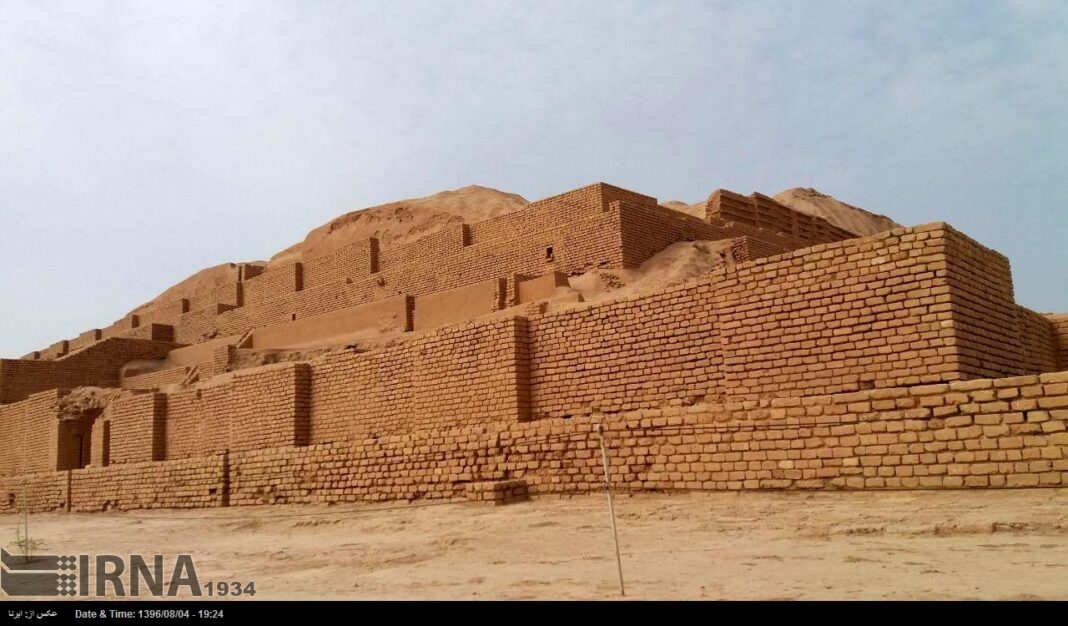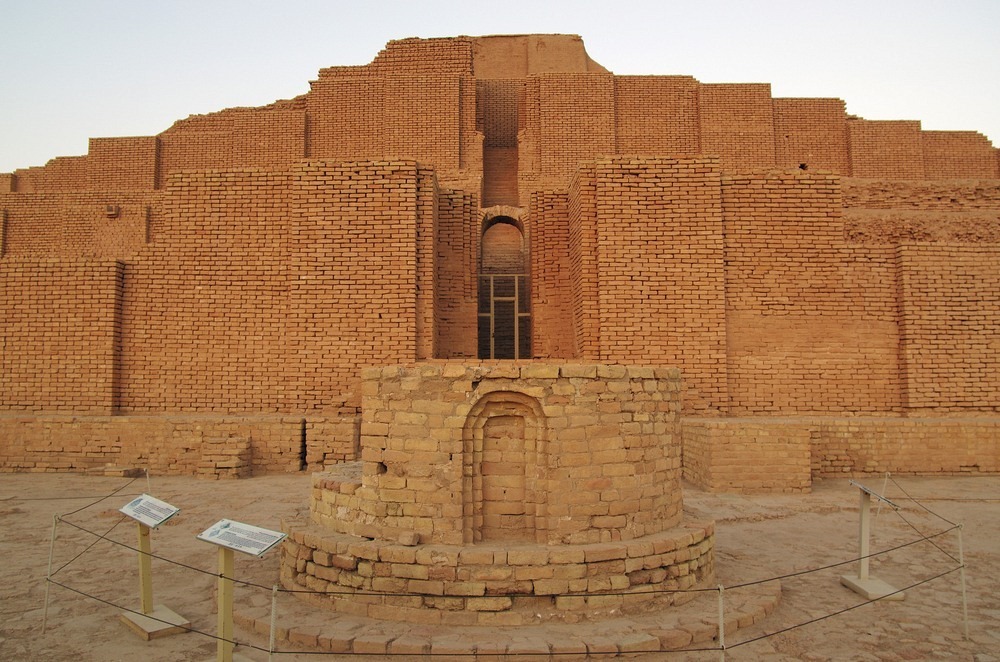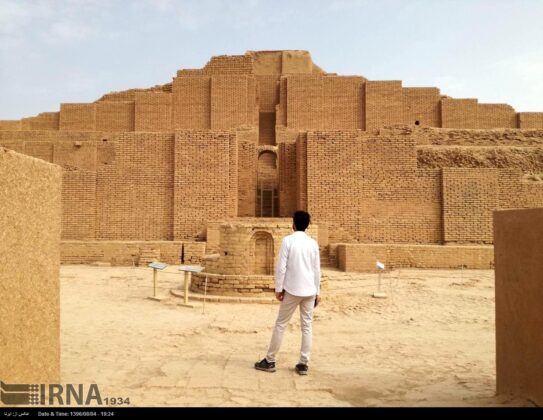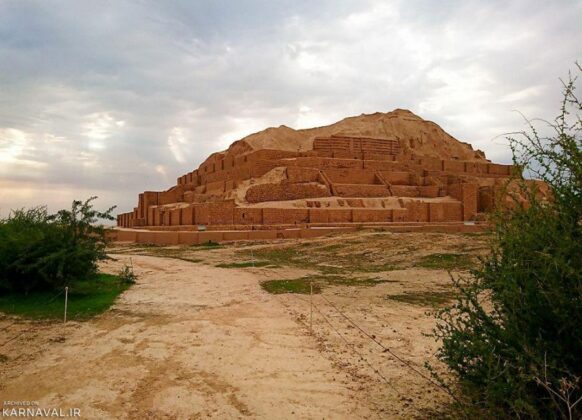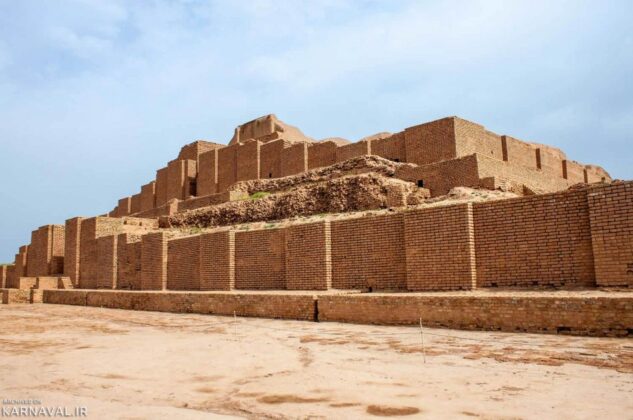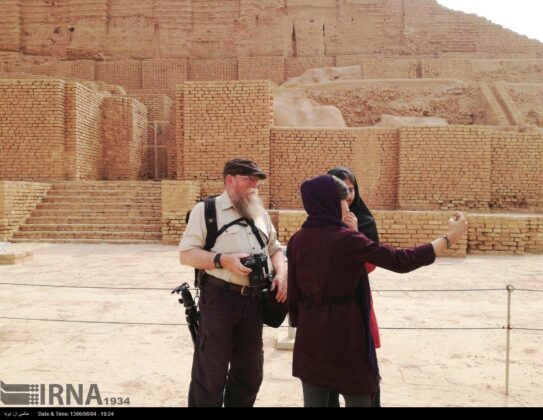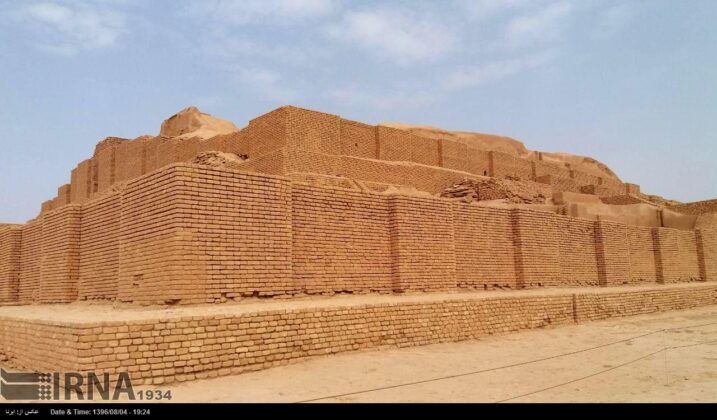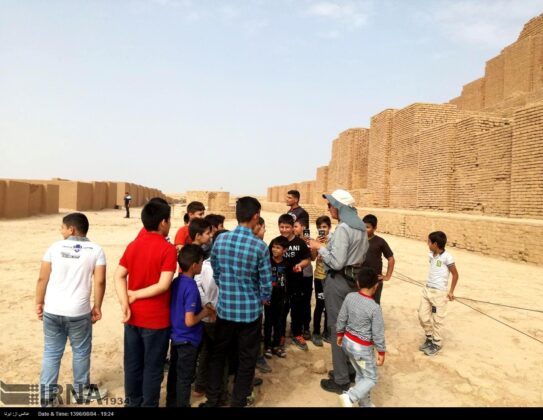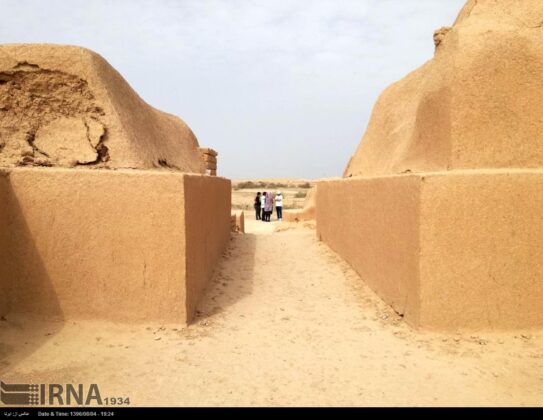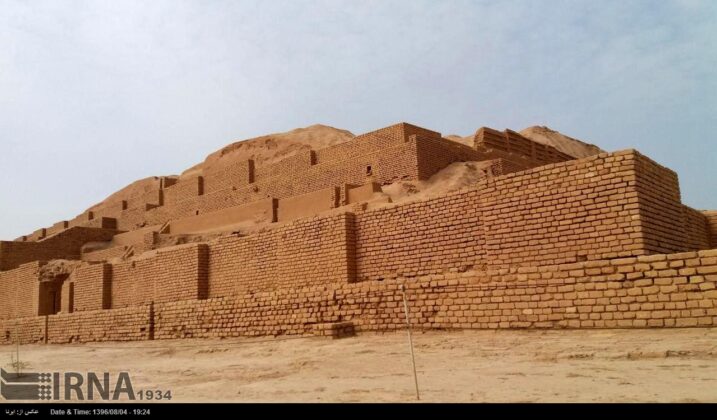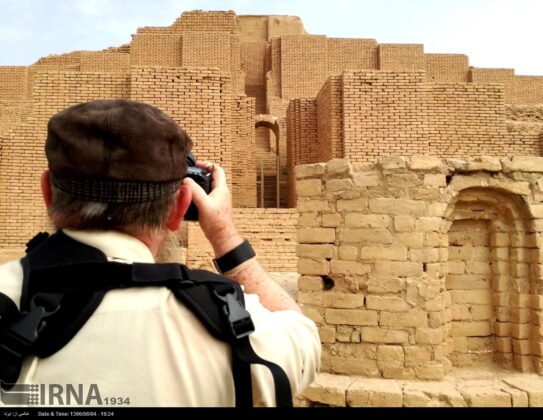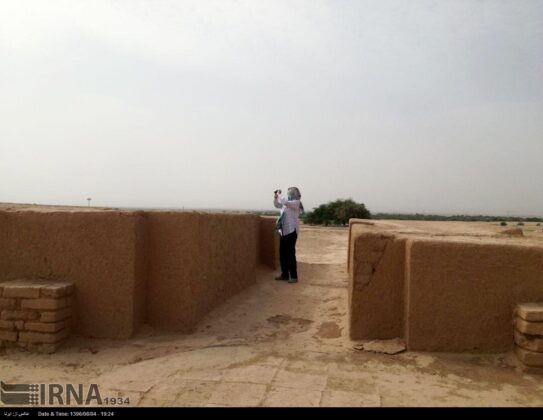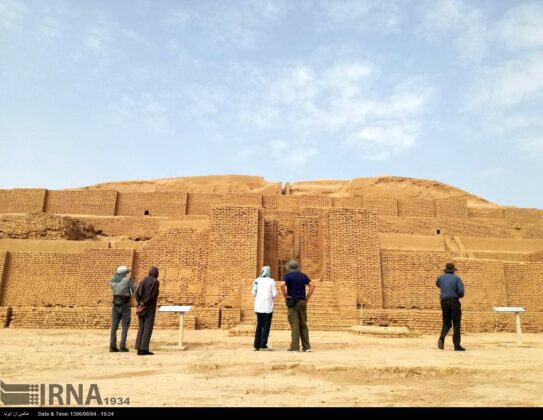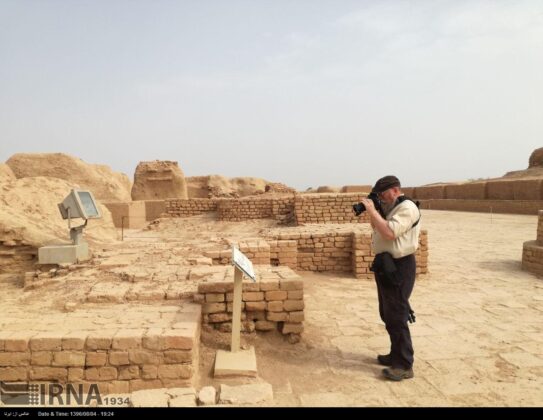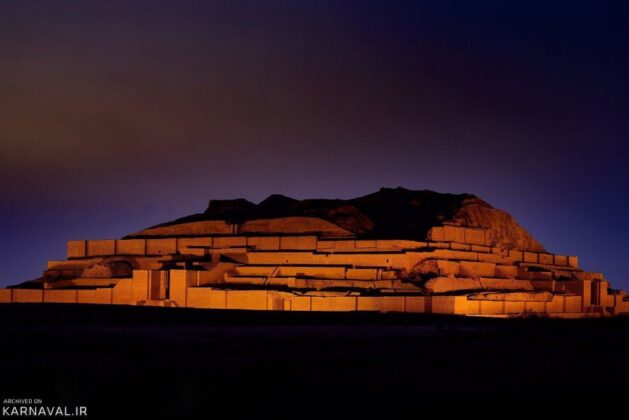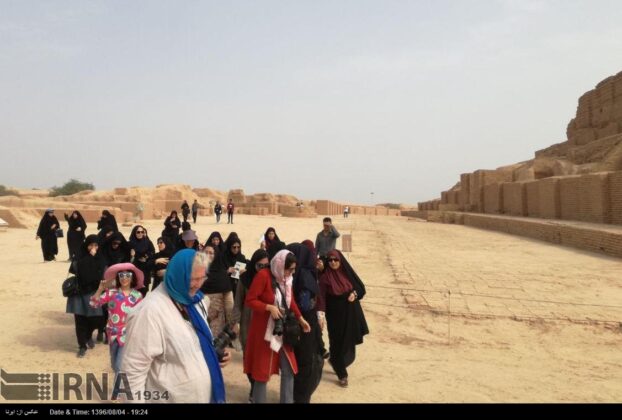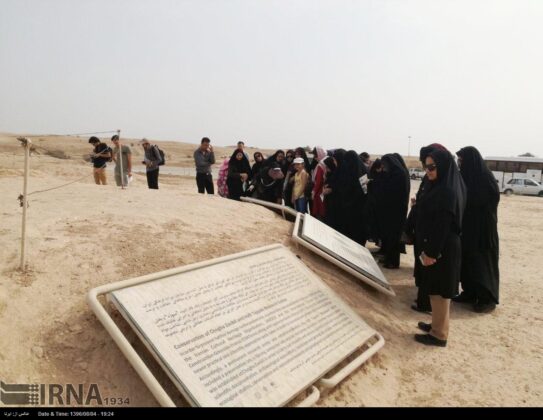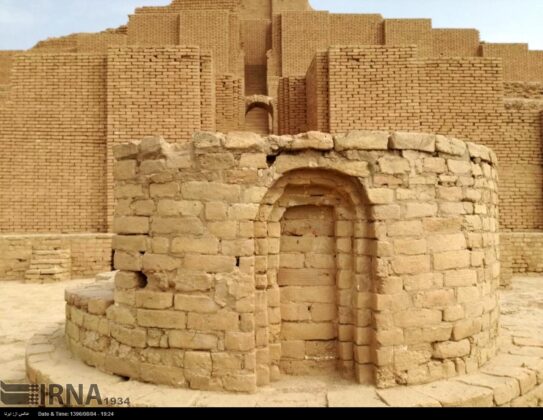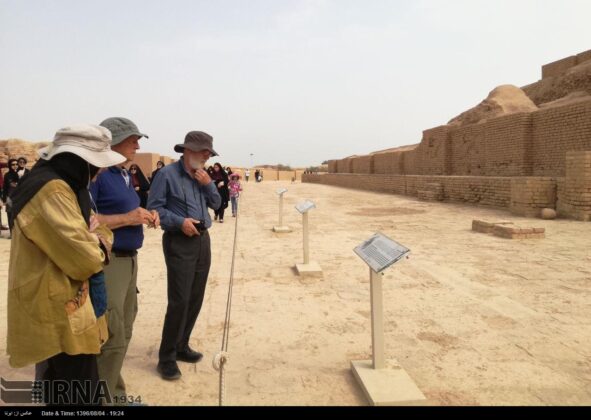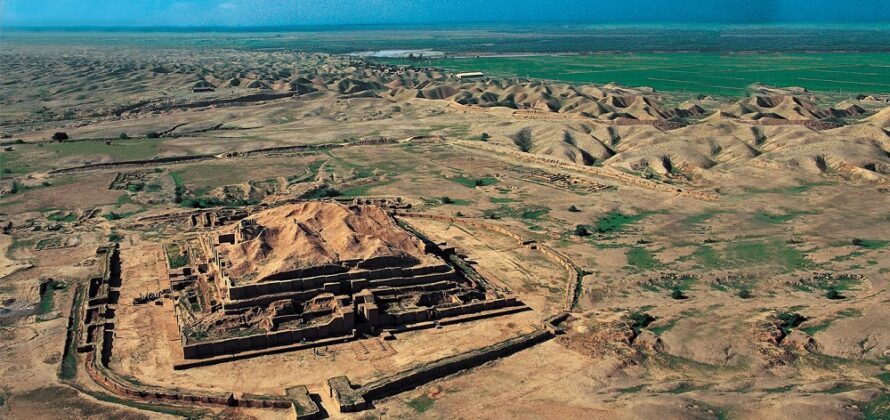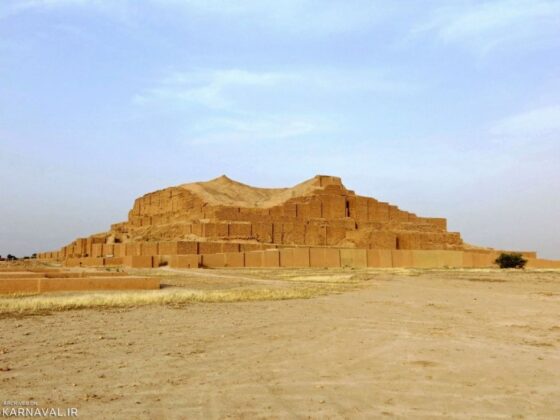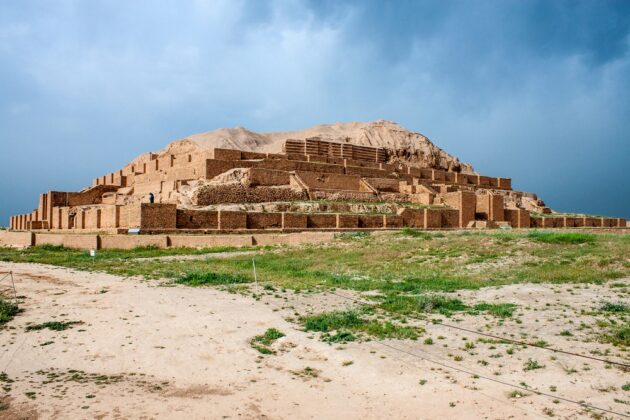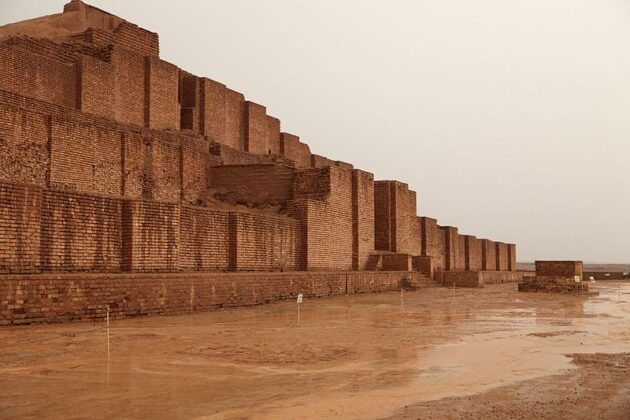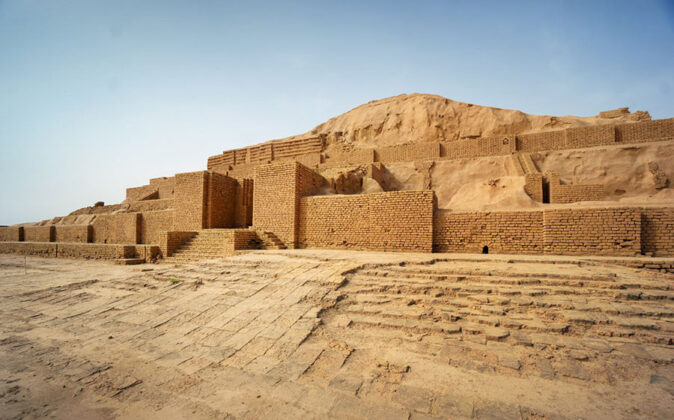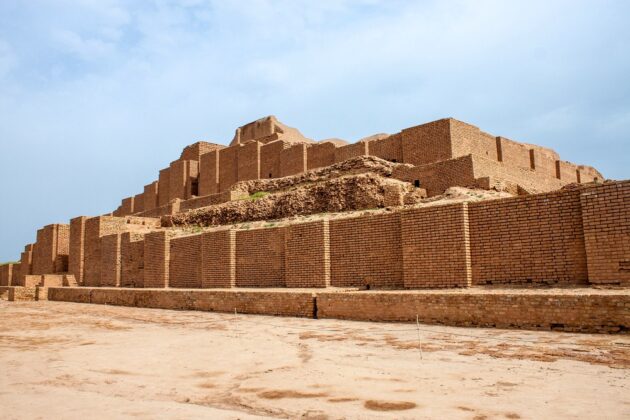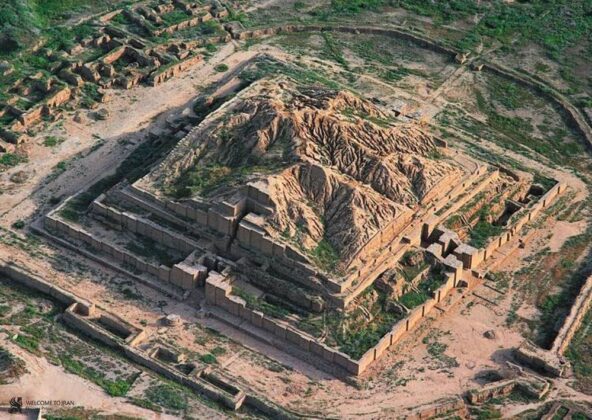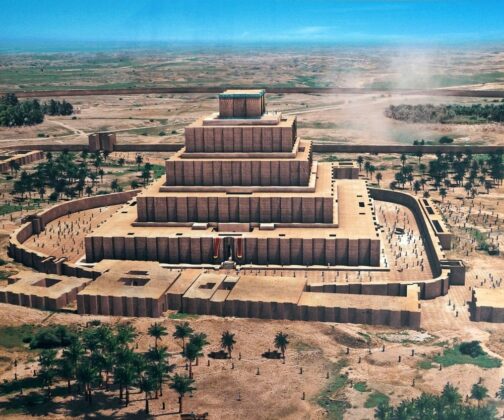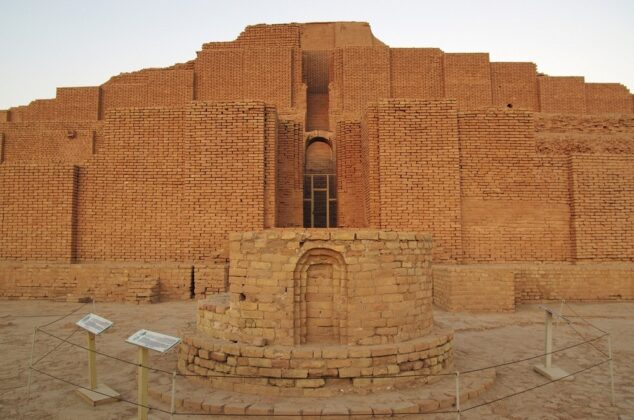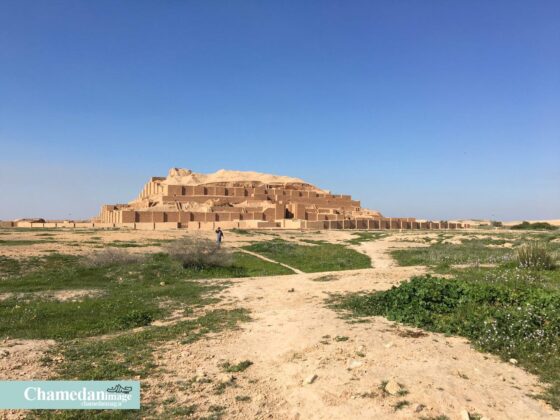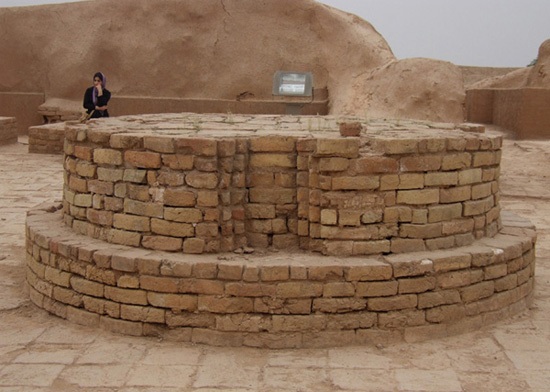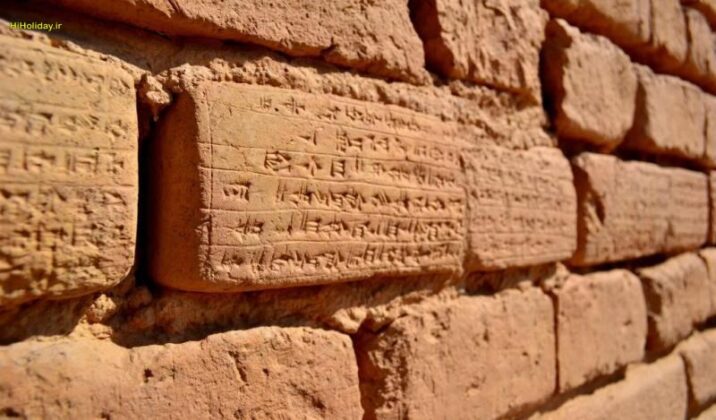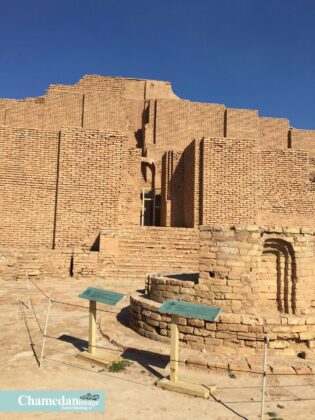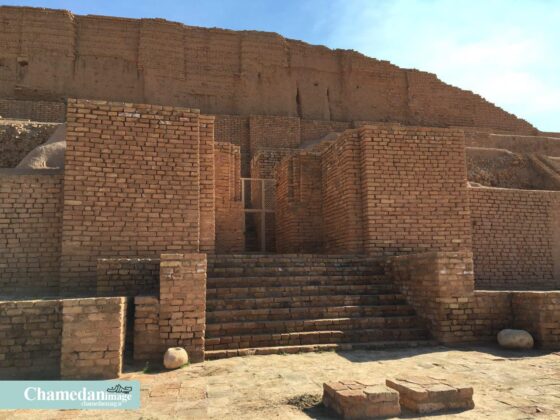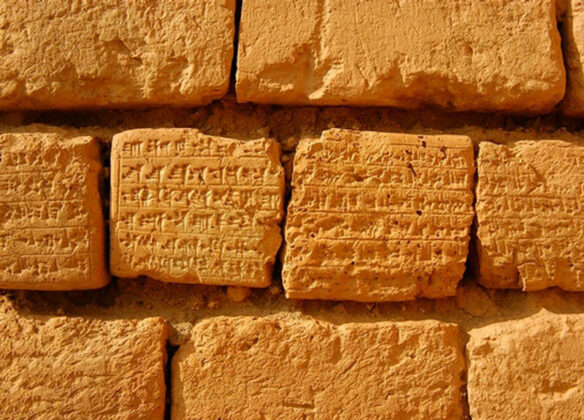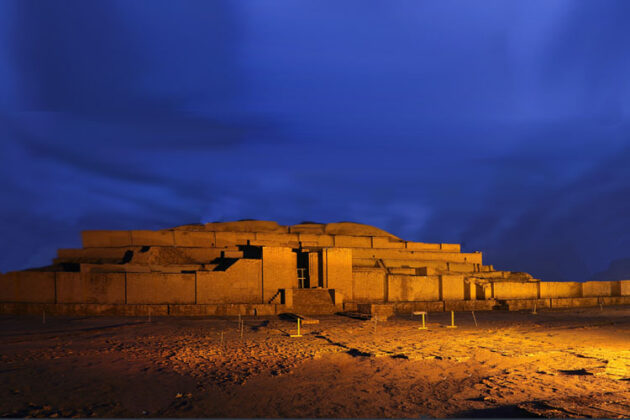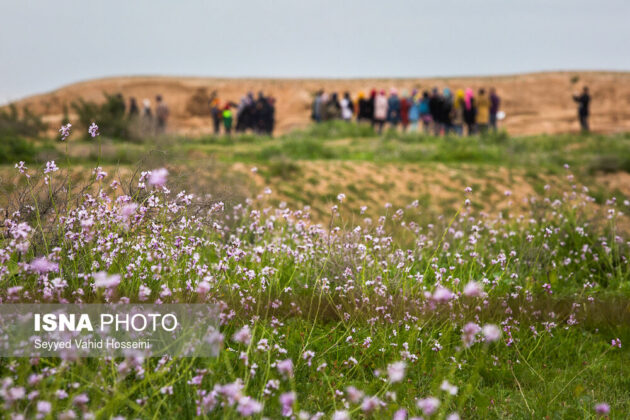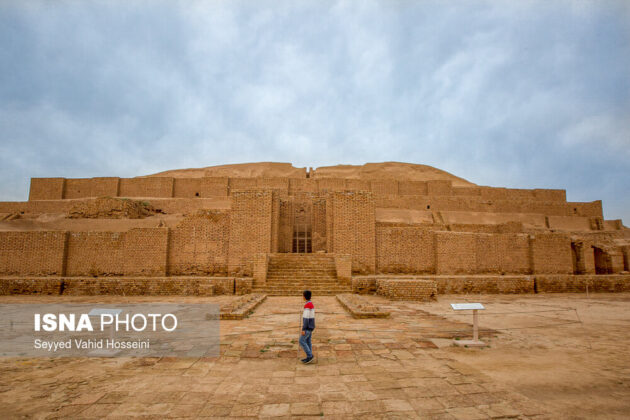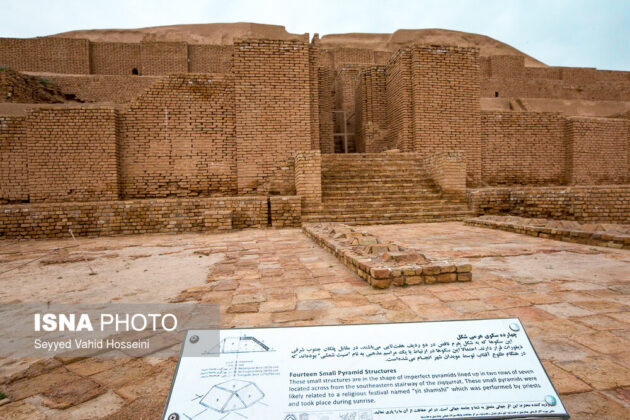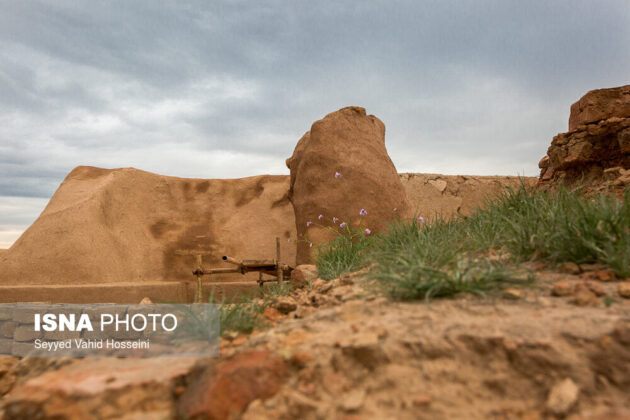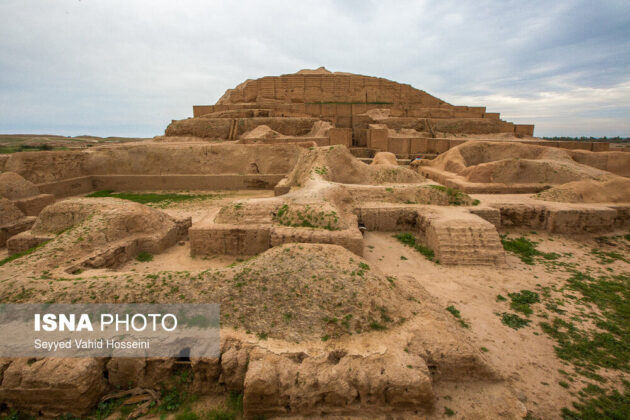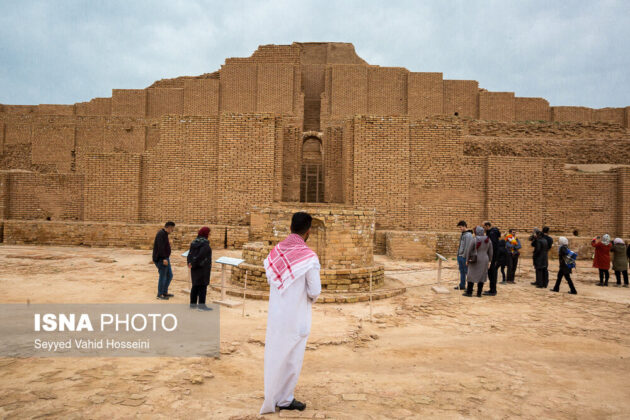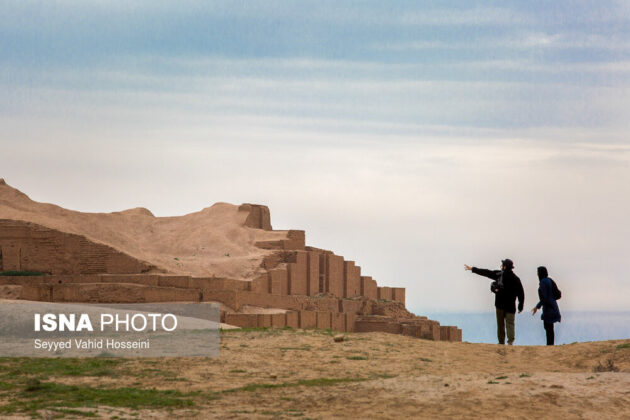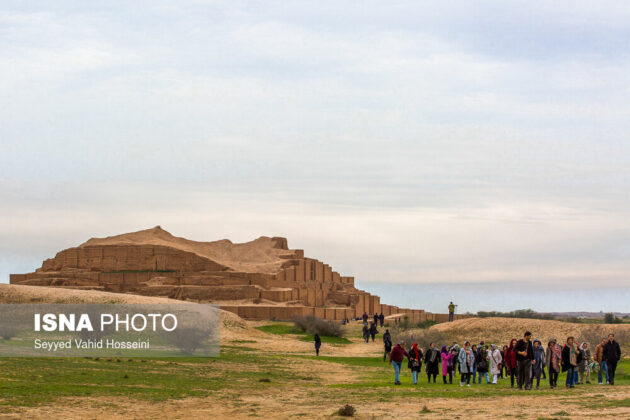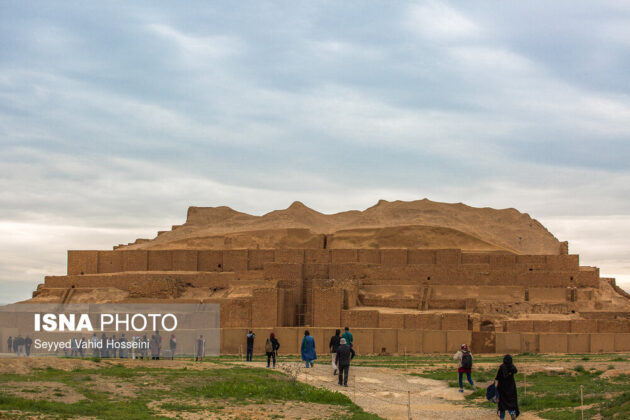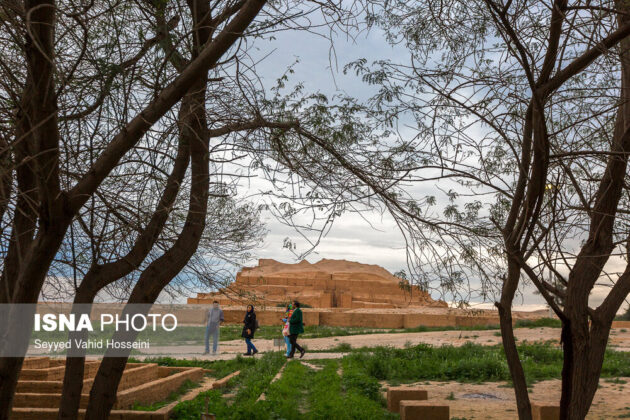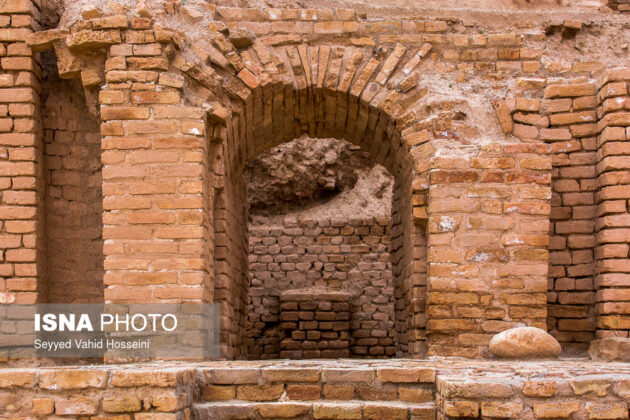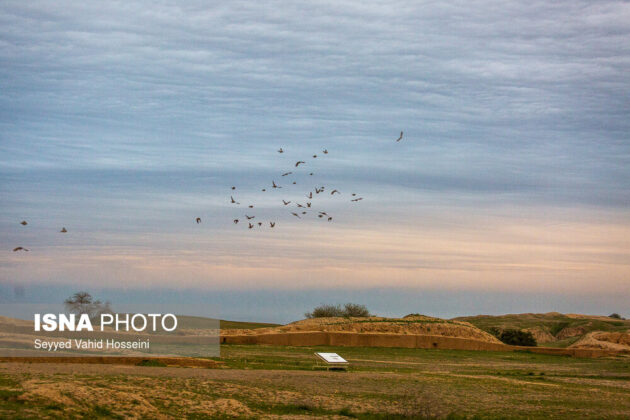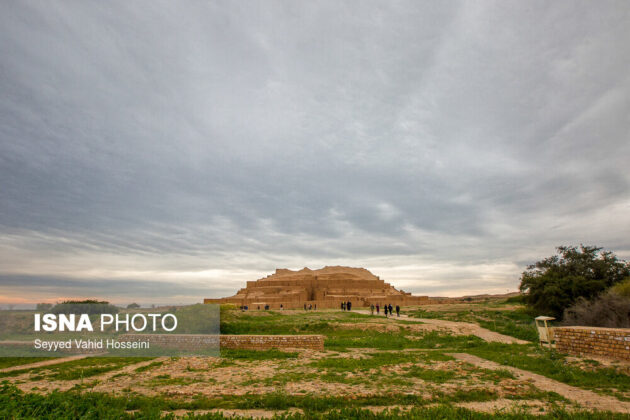The temple is one of the three Persian sites that were first registered in 1979 as the first national monument of Iran in the UNESCO World Heritage List.
The Ziggurat of Chogha Zanbil is a pyramidal structure built with bricks. Ziggurats are pyramidal structures and staircases constructed in the West Asian civilization as temples.
The historical site was built upon the order of King Untash-Napirisha. Unfortunately, this structure was destroyed during the clashes and the invasion of the Assyrian army and was long buried under the ground. That’s why the temple took the shape of a hill until it was excavated by a French archaeologist.
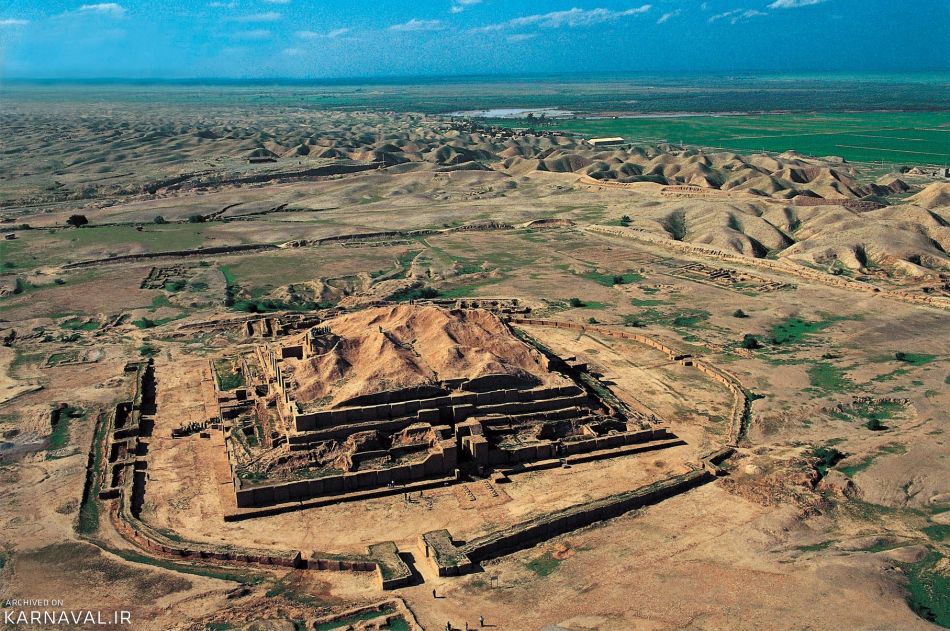
There are small shelters in the northwest of the ziggurat, which are built in honour of Elamite god Inshushinak. There is also a large sundial inside it.
Among other things, there is a reservoir, the palaces of tombs, and palaces no. 2 and 3 in the ziggurat. Under one of these palaces, there are five underground tombs that probably belong to the royal family.
On the other side of the city and on the northwest side there is a water reservoir. One of the issues about Chogha Zanbil ziggurat is that the important monument, before being completely completed, was destroyed by one of the kings of that time. On an inscription found there, it is written: “I destroyed the Susa’s ziggurat, which was built with bricks, but I leveled the Elamite structures.”
During the excavations, archaeologists have managed to find rock paintings that date back to the era of Elam. There is also an interesting picture on this rock figure. It is the picture of a woman with a tail of fish who has snakes in her hand.
The temple’s monument is a valuable relic of Iran’s culture and history which represents several thousand years of Iranian civilization kept at the Louvre Museum of France.
Another interesting thing is the Napir-Asu statue. She was the spouse of Untash-Napirisha, the king of Elam. This statue is made of layers of gold and copper on a bronze molding and is one of the most beautiful historical works of Iran at the Louvre Museum.
Near the temples of Kiririsha and Hishmitik-Ruhuratir, kilns were found that were probably used for the production of baked bricks and decorative materials. It is believed that the ziggurat was built in two stages. It took its multi-layered form in the second phase.
Choghazenbil ziggurat is located 45 km south of Susa near the ancient region of Haft Tapeh in Khuzestan province.
Here you can see photos of the important historical building retrieved from different sources:
